Lesson 4: From the land of King Hung to Lung Cu flagpole - Ha Giang
According to legend, Lac Long Quan and Au Co are the ancestors of the Vietnamese people. They lived together and gave birth to a sac of 100 eggs, which hatched into 100 children. After that, 50 children followed their father to the sea, 50 children followed their mother to the mountains and divided the regions to rule. I went to the sea and up the mountains following the footsteps of my ancestors to feel more about the thousand-year-old origin.
Down to the sea, up to the mountains...
Even before I came to Hai Phong , I fell in love with this seaport city thanks to the song Red Flamboyant City. The day I arrived, the city streets were still intact with traditional flamboyant trees. I went to “Ben Binh, Xi Mang, Cau Rao, Cau Dat, Lac Vien” (lyrics of the song Red Flamboyant City).
Ben Binh Ferry has now been replaced by the high and wide Ben Binh Bridge. Cement (Hai Phong Cement Factory) has long been moved to Thuy Nguyen District. The primitive Rao Bridge of the past is now a modern spiral bridge, becoming a symbol of Hai Phong City.
The name Cau Dat is not associated with any bridge but is the name of a ward in Ngo Quyen district, one of the busiest areas in Hai Phong city today, like Lac Vien ward next door. And I went to Do Son, not to know “better or worse” but to visit the relic site where the legendary Ho Chi Minh trail on the sea began, the road that contributed to the liberation of the South and the unification of the country.
However, I still have to admit that Do Son today is so beautiful, so modern. Surely among the 50 children who followed their father Lac Long Quan to the sea, there was someone assigned to manage this land, successive generations explored and built it to become more and more beautiful as it is today.
Visit Hung Temple on the anniversary of Hung Kings
After having breakfast with Hai Phong's famous crab spring rolls, we left the coastal city and headed towards the mountains. With a purpose, we arranged our journey to arrive in Viet Tri City (Phu Tho Province) on the Hung King's death anniversary, March 10 (Lunar calendar) .
The road from Hai Phong to Phu Tho is now all expressway, it only takes about 3 hours by car for the 200km journey. We arrived at Hung Temple after noon, the official ceremonies of the National Ancestor's Death Anniversary had ended but the number of visitors was still increasing.
The relic site's security guard said that visitors to the Hung Kings' Death Anniversary were numerous all week, with the peak being on the 8th and 9th, which coincided with the weekend.
According to data from the Phu Tho provincial authorities, during the 10 days of the Hung Kings' death anniversary this year, the locality welcomed about 5.5 million domestic and foreign visitors. The numbers speak for themselves: Vietnamese people are very respectful and proud of their origins; now that life has improved, every year, millions of people are willing to spend a large amount of money to visit their homeland.
Starting point of Ho Chi Minh Sea Trail, Do Son - Hai Phong
Standing on the slope of Nghia Linh mountain, looking out to the front where the river converges, with mountains on both sides, I wondered where Mother Au Co gave birth to a sac of one hundred eggs, which then hatched into one hundred children. It is easy to understand why our ancestors chose the land where the riverbank is convenient for community activities, fertile land suitable for plowing and farming, high hills and mountains favorable for establishing hamlets, opening villages,... to build a foundation, starting the period of 18 generations of Hung Kings, leaving their descendants a priceless cultural heritage and a beautiful country.
The annual Hung Temple Festival includes traditional cultural and artistic activities, including the king's palanquin procession and the incense offering ceremony. I imagine the palanquin procession from the foot of the mountain, passing through the temples to the Upper Temple, where the incense offering ceremony is held. Under the canopy of ancient trees and the echoes of bronze drums, the procession resembles a dragon winding on legendary stone steps to the top of the mountain, evoking the lineage of "Dragon and Fairy" of the Vietnamese people.
At the headland of the Fatherland
Leaving Hung Temple, we continued traveling nearly 100km to Yen Bai City and stayed there. In the evening, we sipped a glass of mountain wine with the owner of the boarding house named Thu Thao. She said that she used to be a dancer of the Provincial Art Troupe and was sent to serve the Southern Liberation Army in 1975 when she was only 20 years old. While the troupe was serving in Binh Dinh, the South was completely liberated, and dancer Thu Thao and the troupe of artists returned to their homeland.
The next morning, she guided us to visit the tomb of Nguyen Thai Hoc and the soldiers in the Yen Bai uprising in 1930, next to the avenue named after Nguyen Thai Hoc, in Nguyen Thai Hoc ward, Yen Bai city.
Standing in front of the soldiers' graves, I seemed to see before my eyes the image of Nguyen Thai Hoc and 12 soldiers of the Vietnam Nationalist Party being taken to the guillotine by the French colonialists on June 17, 1930 after the uprising failed, and I seemed to hear Nguyen Thai Hoc shouting: "Long live Vietnam!".
Leaving Yen Bai City, on the way to Ha Giang, we stopped to visit the Tan Trao Banyan Tree Historical Site (Tuyen Quang Province). The Tan Trao Banyan Tree is considered a "witness" of the nation's history. It was under the shade of this ancient banyan tree that on August 16, 1945, the Vietnam People's Army held its departure ceremony.
In the presence of a large number of national delegates and local people, General Vo Nguyen Giap read Military Order No. 1, urging the army to advance to liberate the capital Hanoi . The Tan Trao banyan tree is also a symbol of the resistance capital, the liberated capital, the pride of the people of Tuyen Quang in particular and the whole country in general.
After a quick lunch in Ha Giang City, we set off on a journey of more than 160km, mainly steep mountain passes, to Lung Cu National Flagpole at the northernmost point of the country. We had heard a lot about this “road of suffering”, but when we personally held the steering wheel and overcame hundreds of “elbow turns” on Ma Pi Leng Pass in the drizzle, with a steep cliff on one side and a deep abyss of hundreds of meters on the other, I had to encourage myself, “Come on, it’s worth it once in a lifetime!”. My two companions closed their eyes, not daring to look down into the abyss, but still feeling dizzy. We stopped to check in at “Quan Ba Heaven’s Gate”, we heard that just by stepping over there, we would reach heaven!
"Heaven's Gate" Quan Ba
After more than 5 hours of struggling with 160km of mountain pass, we arrived at Lung Cu National Flagpole when the sun had set behind the mountain. The service staff (including ticket sellers) had left, there was no one left, including the security guard. Fortunately, the relic site was still open, the solar lights turned on automatically when it was time.
The flagpole was built on the top of Dragon Mountain, 1,470m above sea level, in Lung Cu commune, Dong Van district, Ha Giang province, the northernmost point of our country. The flagpole dates back to the Ly Thuong Kiet era, and after many renovations is now over 33m high, the flag is 54m 2 wide, a symbol of national sovereignty. The car stopped halfway up the mountain, from there there were stone steps leading up to the flagpole, I counted a total of more than 700 steps to reach the foot of the flagpole.
After checking in, we continued to climb more than 200 spiral stairs inside the Flagpole to reach the top of the Flagpole. Standing on the top, listening to the flag fluttering, looking at a peaceful border in the sunset, the deep green mountains, I silently thanked the generations of ancestors who sacrificed to build the foundation left for us today.
Lung Cu National Flagpole - Ha Giang
Unable to return to Ha Giang (because it was dark and the road was pass), we stayed overnight in a cheap motel at the foot of the mountain. Searching online, we found that this place has the famous dish "thang co", so we ordered dinner. This is a Dong Van specialty associated with the simple lifestyle of the H'Mong ethnic group.
In the past, this dish was made from horse meat and internal organs. Later, to make it easier for diners from far away to enjoy, sellers also added buffalo and beef meat. The highlanders took the bones, meat scraps and internal organs such as heart, liver, intestines, lungs, cleaned them, marinated them with spices and cardamom according to their own recipe... It is true that the dish sounds "disgusting", but if you can eat it, you cannot put down your chopsticks, especially when there is a bottle of apple wine mixed by the locals.
On the top of Dragon Mountain in the distance, Lung Cu Flagpole still stands tall in the night, the bright red flag illuminated by solar lights stands out against the night sky. Dong Van’s night sleep is really deep and delicious after a day of “climbing passes and mountains”, with a little apple wine and the lingering taste of “thang co”./.
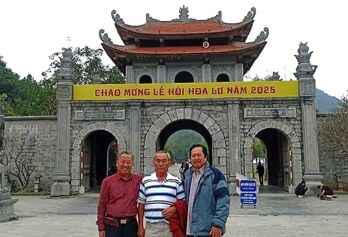 | Sunlight streaks across Vietnam: Here is Dong Da, Chi Lang, Bach Dang (Part 3) In the thousands of years of history of building and defending the country, there are many brilliant milestones associated with the names of national heroes. |
(to be continued)
Nguyen Phan Dau
Lesson 5: Lao Cai - Lai Chau - Dien Bien - Son La
Source: https://baolongan.vn/vet-nang-xuyen-viet-tu-dat-to-vua-hung-den-cot-co-lung-cu-ha-giang-bai-4--a195275.html


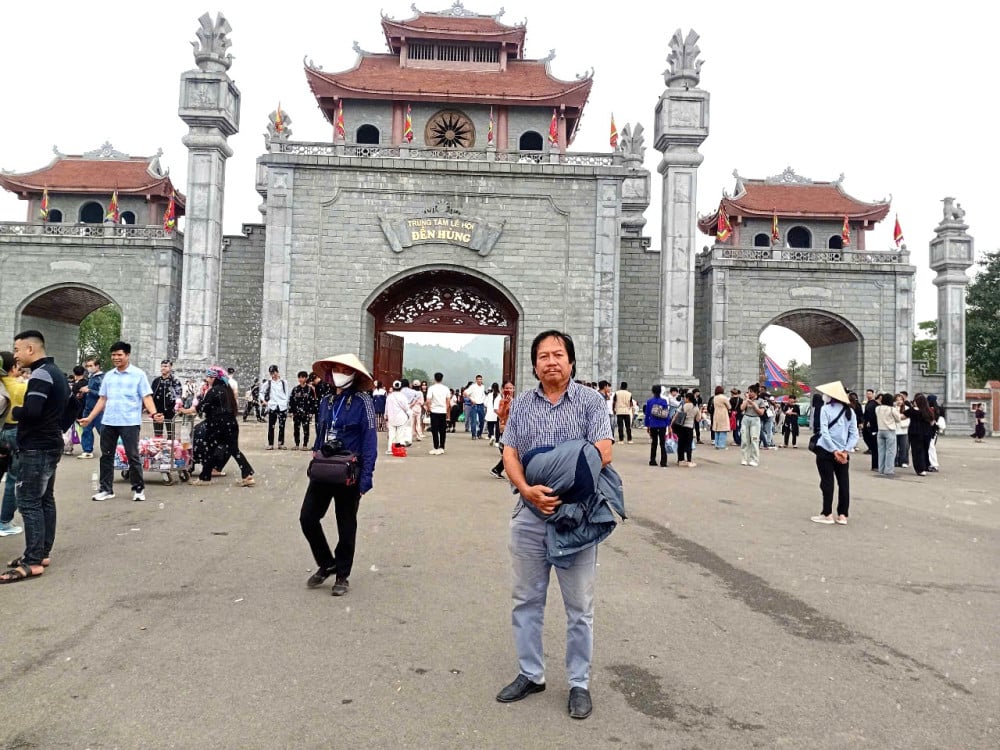
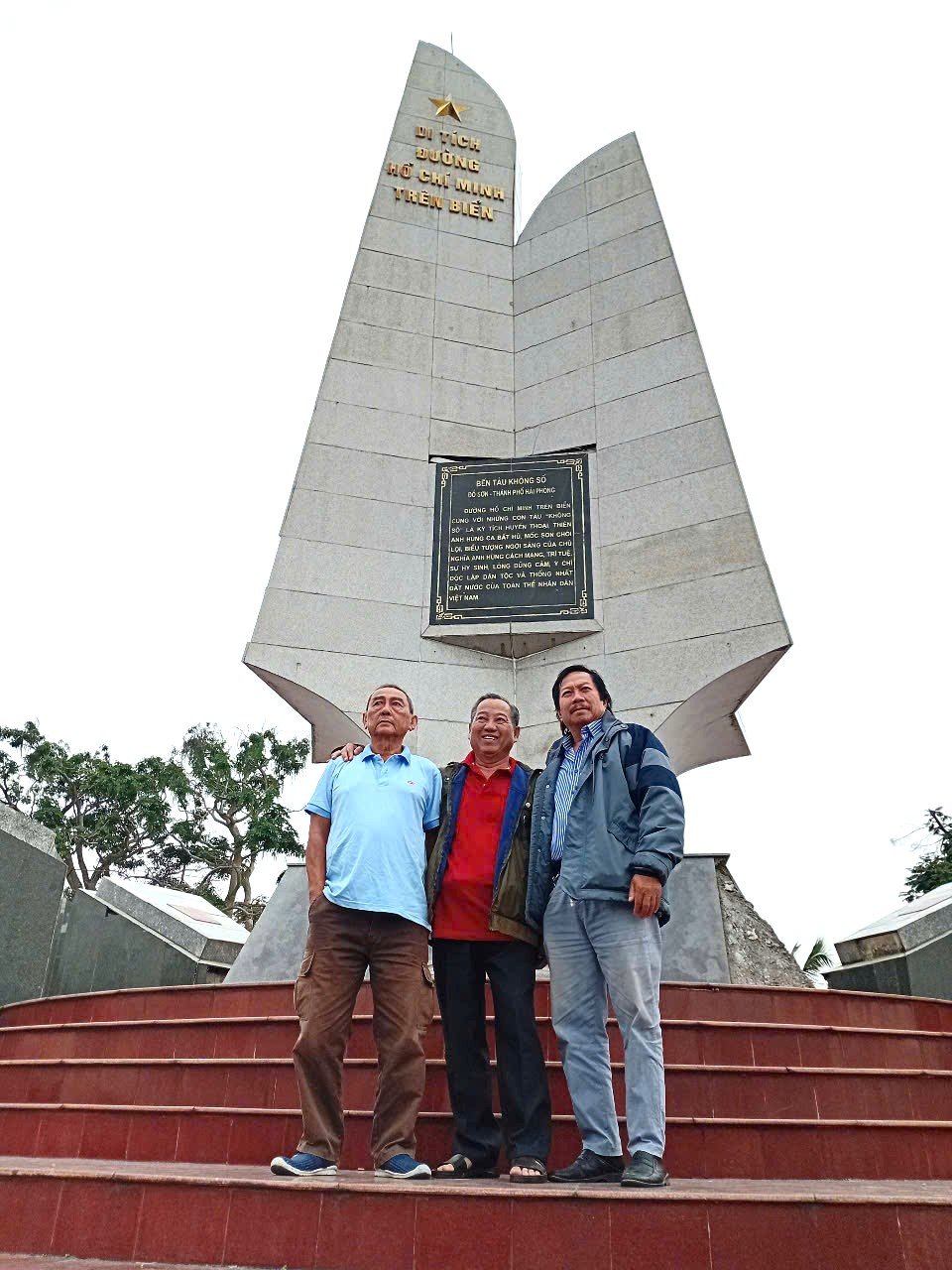
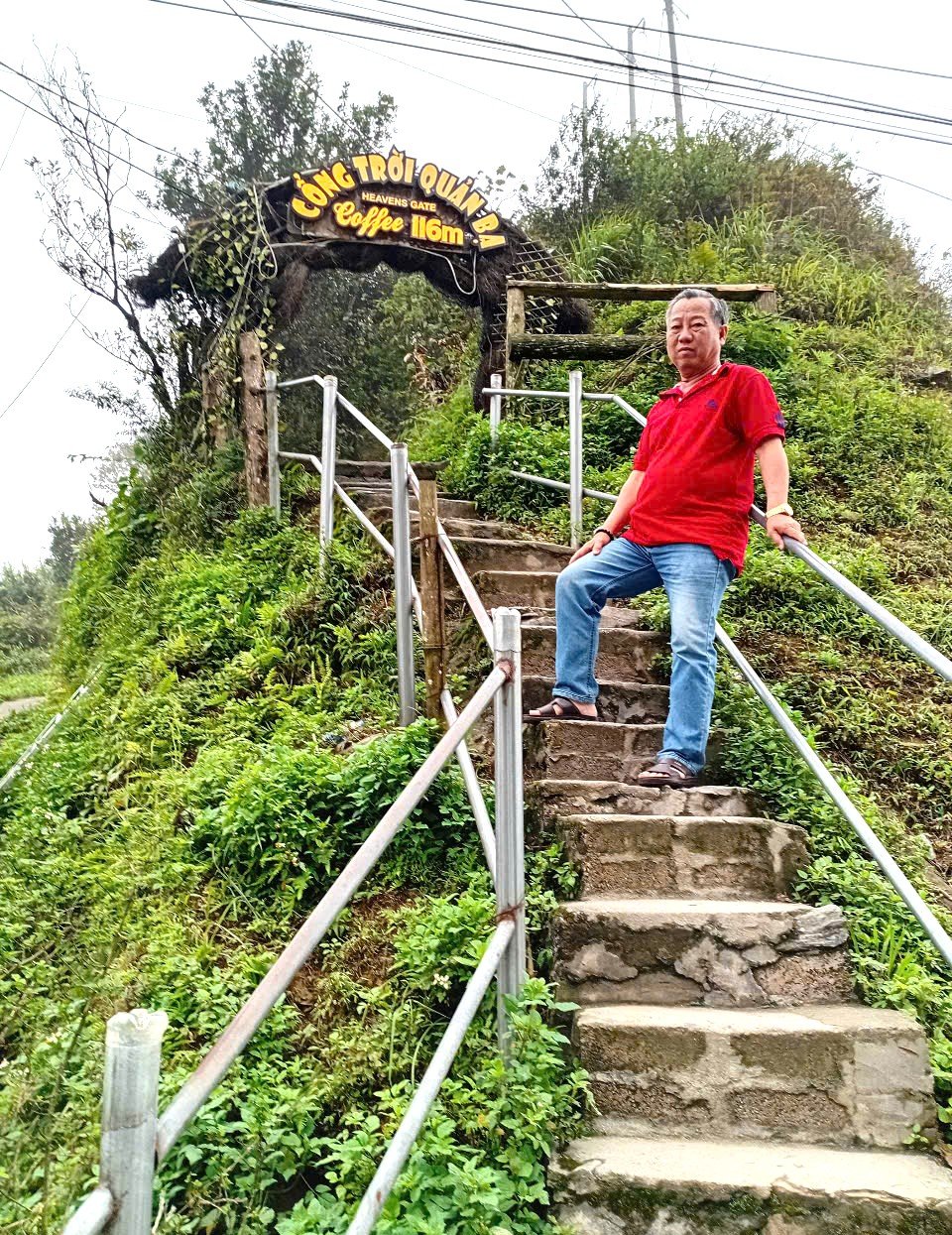
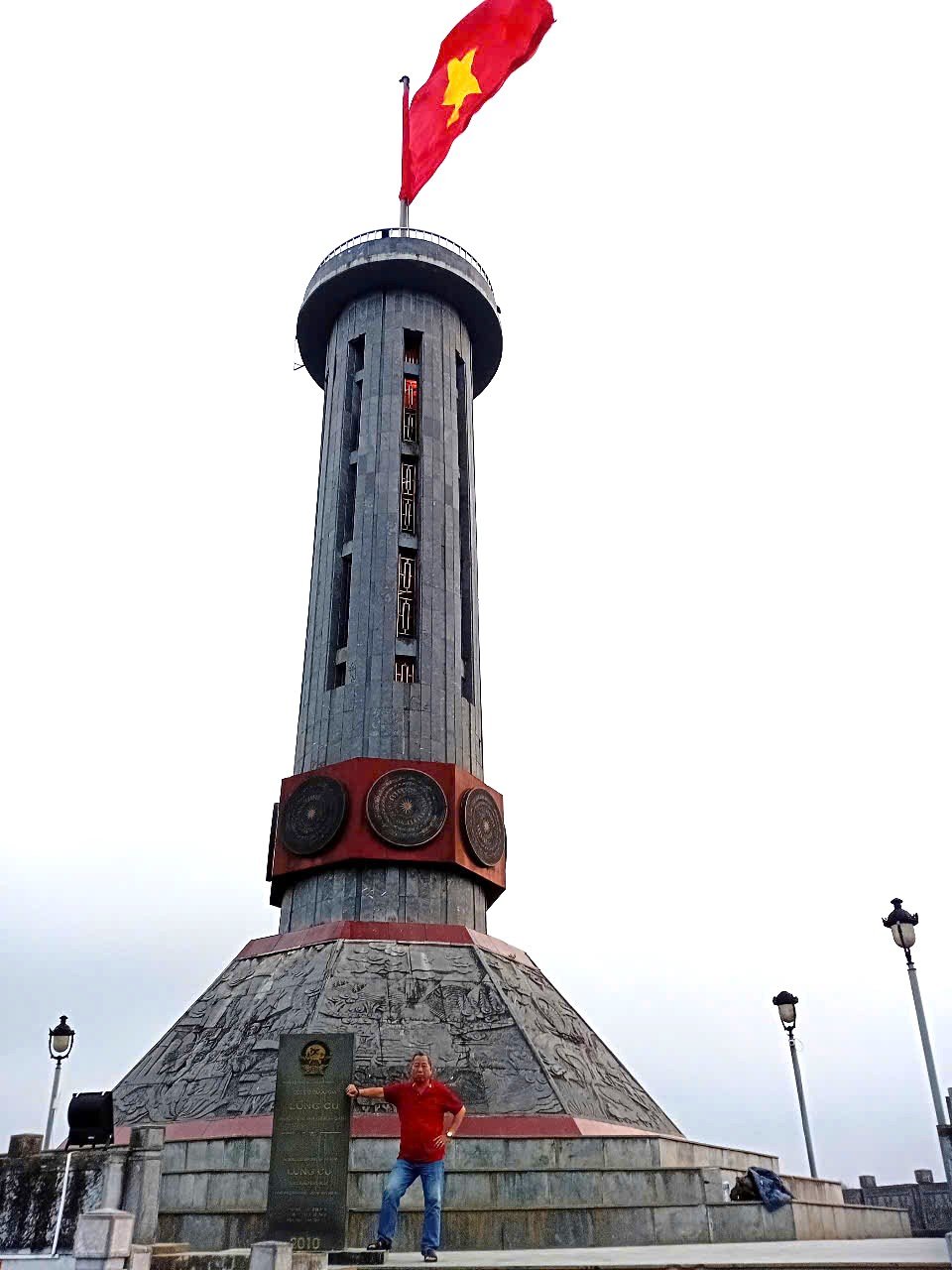
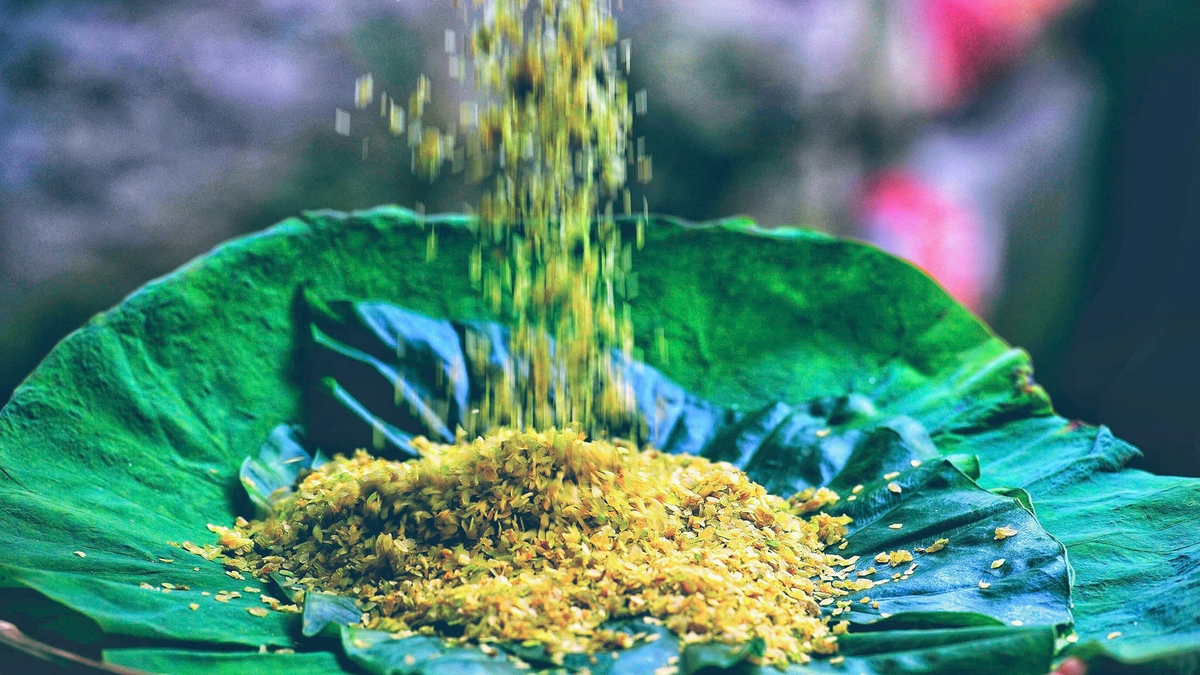
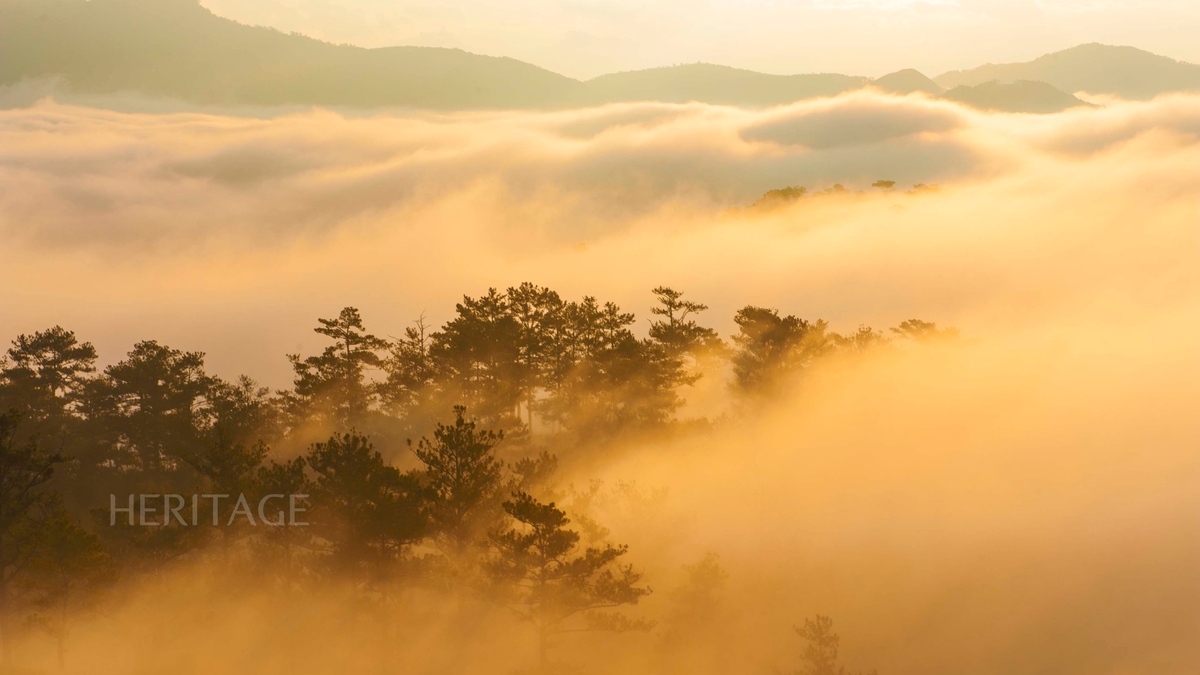

![[Photo] Solemn opening of the 1st Government Party Congress](https://vphoto.vietnam.vn/thumb/1200x675/vietnam/resource/IMAGE/2025/10/13/1760337945186_ndo_br_img-0787-jpg.webp)
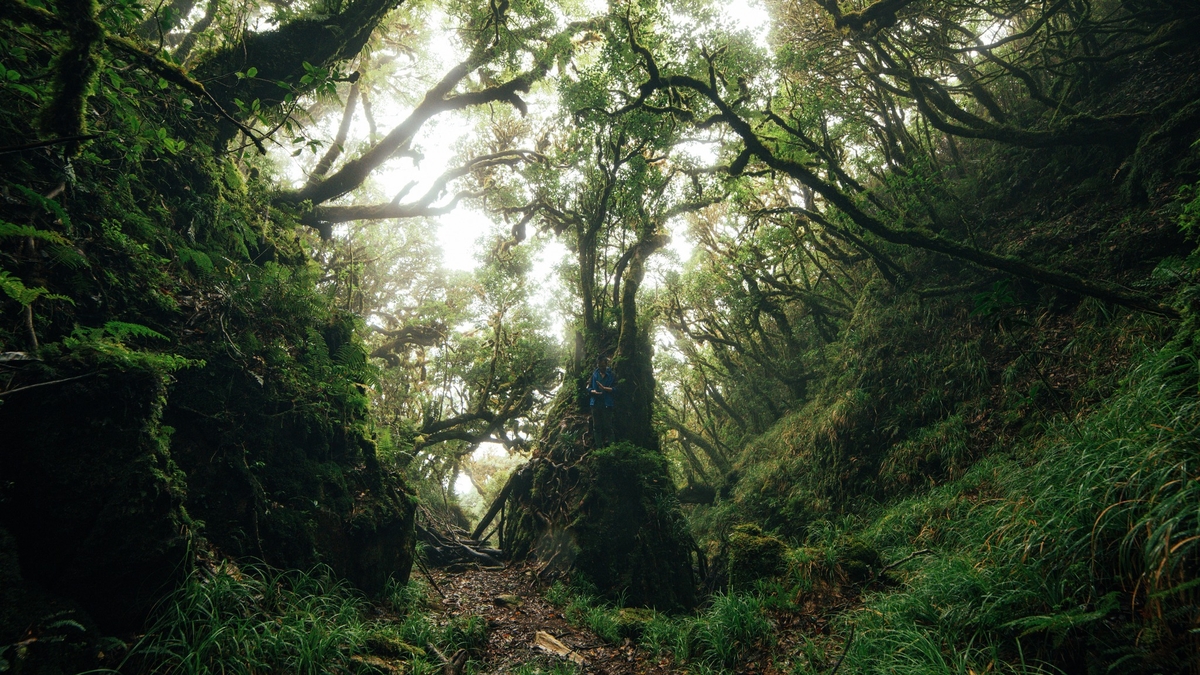
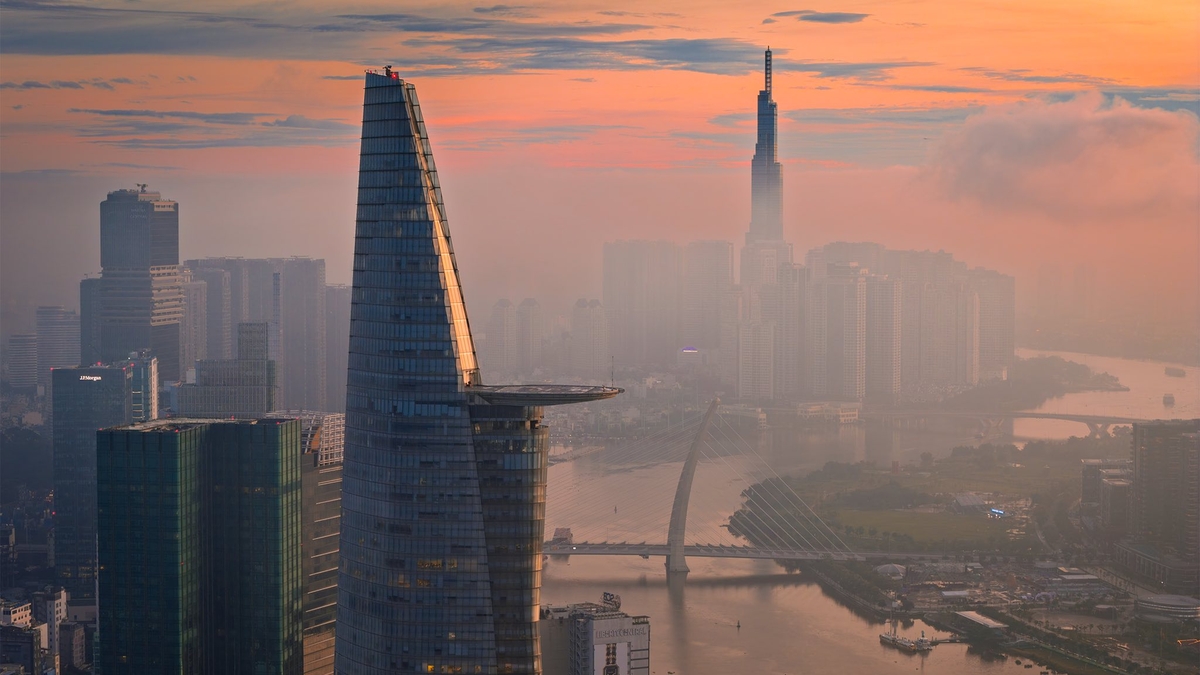
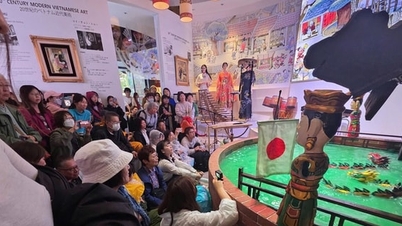

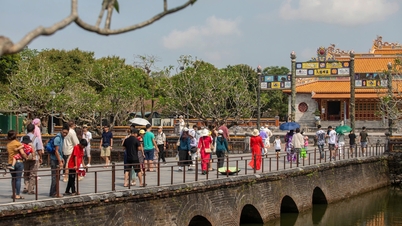




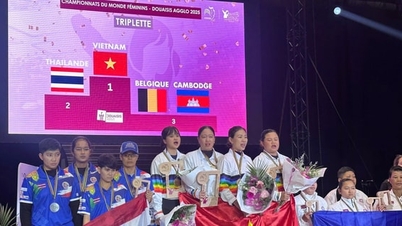


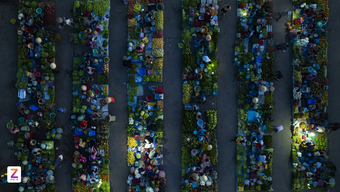

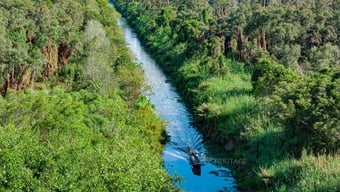
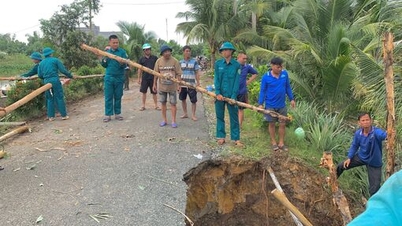

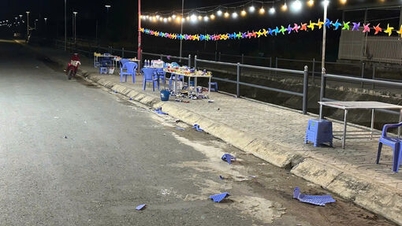


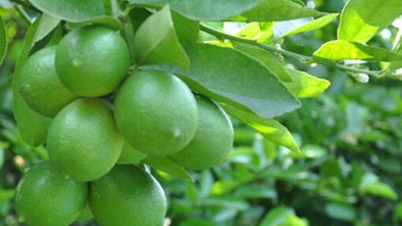
![[Photo] General Secretary To Lam attends the opening of the 1st Government Party Congress](https://vphoto.vietnam.vn/thumb/1200x675/vietnam/resource/IMAGE/2025/10/13/1760321055249_ndo_br_cover-9284-jpg.webp)


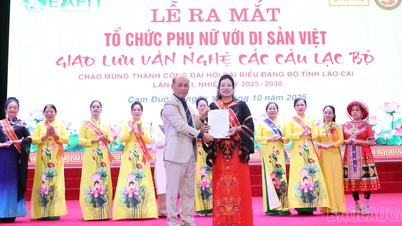

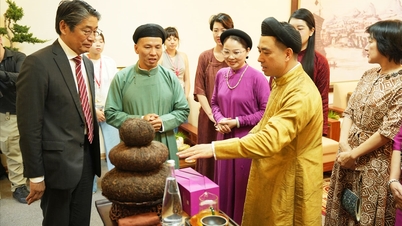

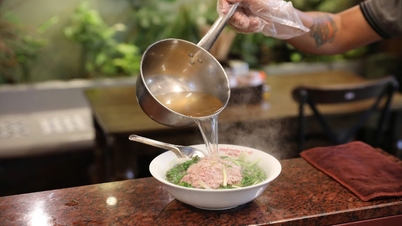



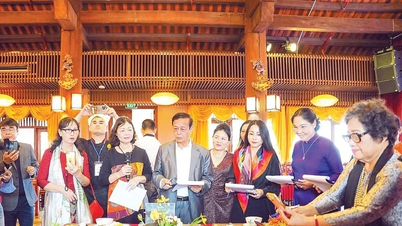










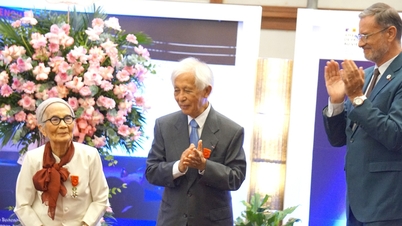







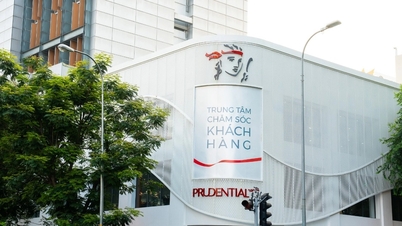



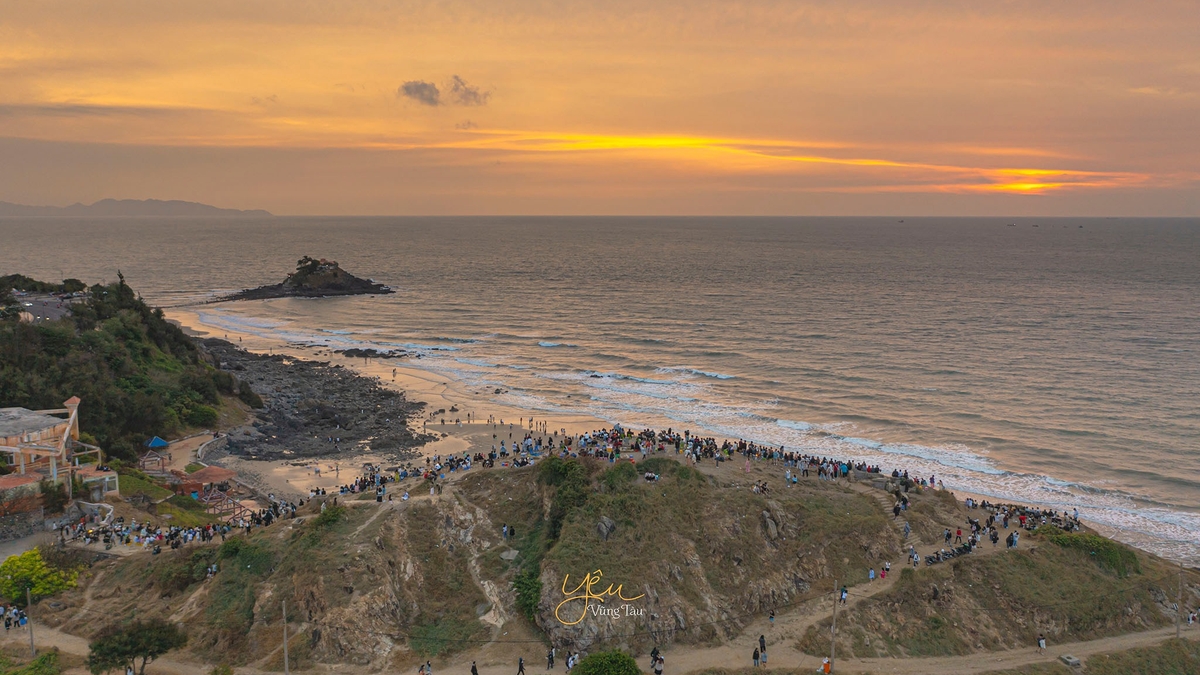





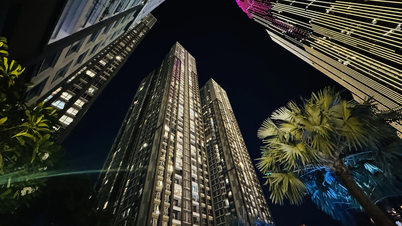



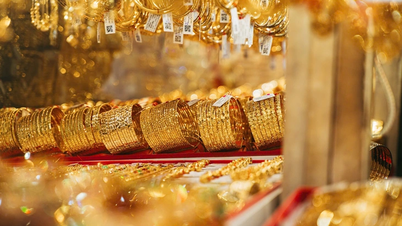
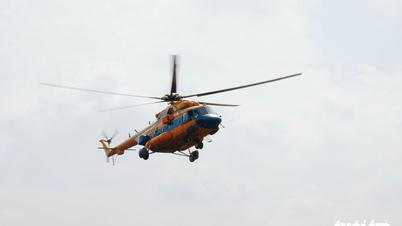


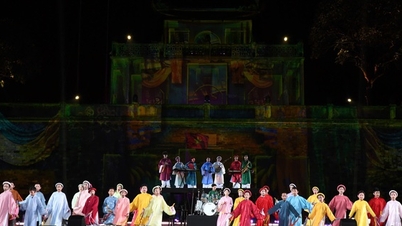
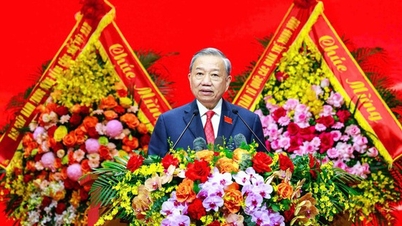




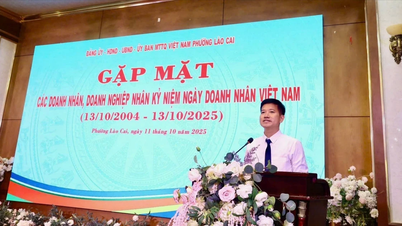
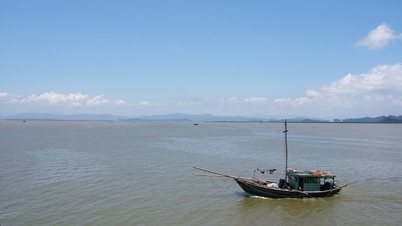








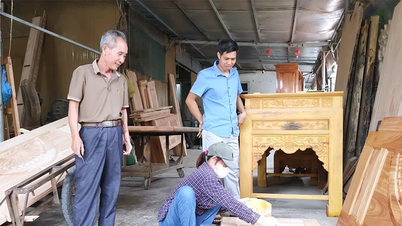







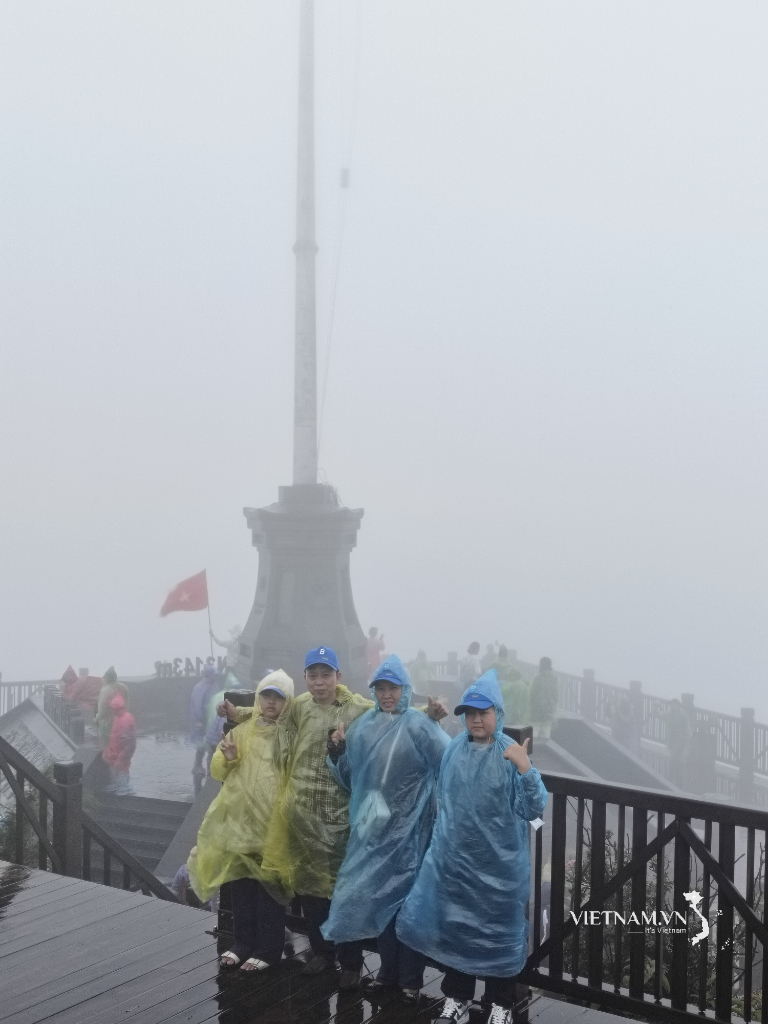

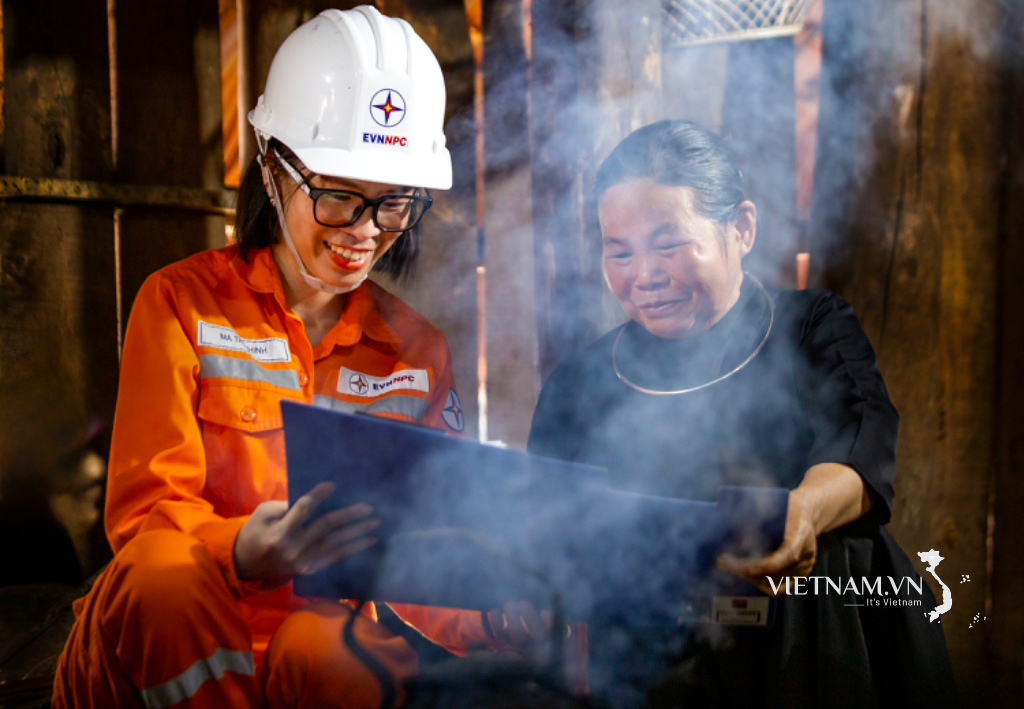
Comment (0)